
Is the struggle to brush your dog or cat’s teeth and gums making you both crazy? Know you need to do it but can’t figure out how to start… and your pet isn’t cooperating?
You’re not alone. Most caring responsible dog and cat parents know they need to take better care of their pet’s teeth by brushing them consistently.
But good intentions alone don’t make those pearly whites sparkle… especially if they bite you with them when you bring out the toothbrush.
Brushing your dog’s or cat’s teeth doesn’t need to be a frustrating experience. With just a few simple tricks you can be on your way to performing this necessary task with less effort, struggle or stress!
What to Do When Fido, Fifi or Fluffy Don’t Want their Teeth Brushed
Animals communicate with feelings and imagery, so be sure that you share your feelings of love with them before you begin. Also, if you deliberately feel and project calmness, then your pet will pick up on this, and it will make your task much easier.
1. The very best thing to do is to start the task when they are very young. This way they will expect it each day, be accustomed to it and won’t fight you – if you train them to accept and enjoy it right off the bat. But if your pet is older, don’t despair because you really can teach older dogs (and cats) new tricks!
2. Brush their teeth at the same time each day. Animals crave and thrive on routine just like children do.
3. Use doggie or kitty toothpaste. They have flavors that your pet will really enjoy, such as poultry. Let your dog or cat lick and sniff it before you begin brushing their teeth. If your animal doesn’t like the smell or taste of the toothpaste, then you may need to try something else instead, or don’t use anything at all. After all, it’s the act of brushing, massaging and stroking the teeth and gums is the important part.
A word of caution – Don’t use human toothpaste. Some contain xylitol, which is very dangerous for dogs.
4. Use the right toothbrush for the job. There are also different types of tooth brush options today. You can use a traditional type of tooth brush, but you also have the option of using a finger brush. A finger brush fits on the tip of your own finger, which you then use to brush and massage their teeth. Many animals respond very well to a finger brush.
5. Prepare properly by teaching them to relax and enjoy the sensation. Touch their mouth, massage their lips, rub along their gum, touch their tongue and the roof of their mouth. When they let you do that successfully and relax, then be sure and reward them. And take a short break.
6. Next, load the brush with the toothpaste. When they’re comfortable with you touching their mouth, next load the brush with a dab of toothpaste. Go slowly to introduce it to them by again showing it and offering to let them smell and lick it.
7. Then begin the mouth massage. When you’re both calm and relaxed, hold the brush close to your fingers so it’s an extension of your hand, and gently touch their mouth with it and then reward them for staying calm with a treat or a word of praise. And take another short break.
Warning: Don’t get excited and rush anything – go slowly and stop if your pet seems uncomfortable or impatient and always reward them for their cooperation. You can always come back and try again later.
8. Next time, do a little more and a little more… and before you know it, your pet will be happy and eager to have their teeth brushed.
And you’ll both enjoy all the benefits of a brighter, healthier smile as well as a better relationship.
 Cat Genetics Part One - What Is A Gene?
Cat Genetics Part One - What Is A Gene?
 10 Of The Friendliest Cat Breeds On The Planet
10 Of The Friendliest Cat Breeds On The Planet
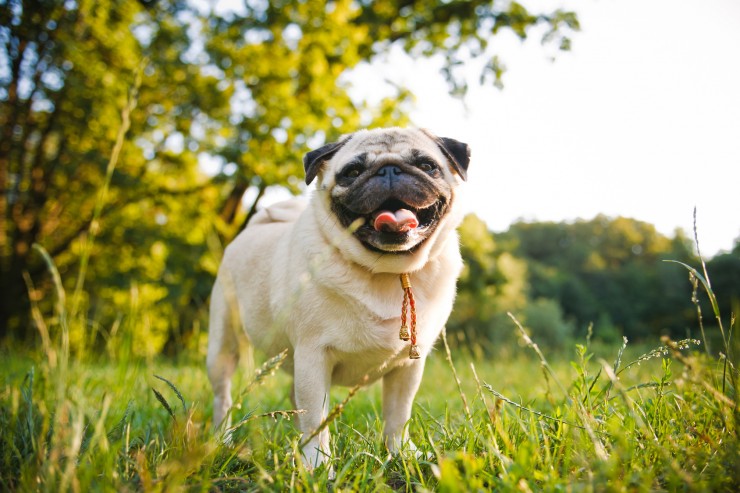 Some Frequently Asked Questions About Cushing’s Disease And Cushing’s Syndrome In The Dog
Some Frequently Asked Questions About Cushing’s Disease And Cushing’s Syndrome In The Dog
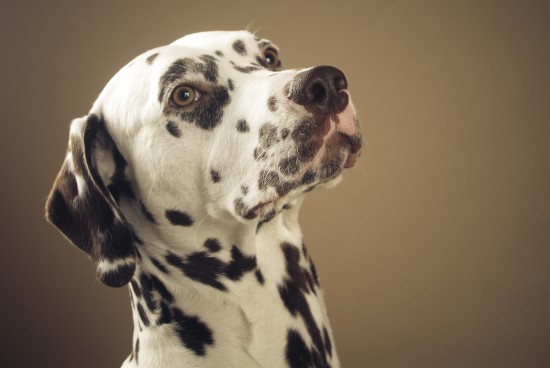 Dalmatian Deafness And Colour Genetics
Dalmatian Deafness And Colour Genetics
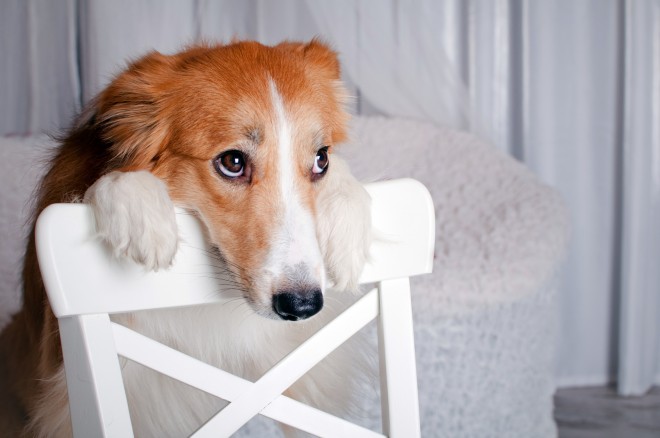 Problem Solving The Behaviour Of A Dog That Urinates Inside After Going Out
Problem Solving The Behaviour Of A Dog That Urinates Inside After Going Out
 Dependable Cattery Warrington services
Dependable Cattery Warrington services
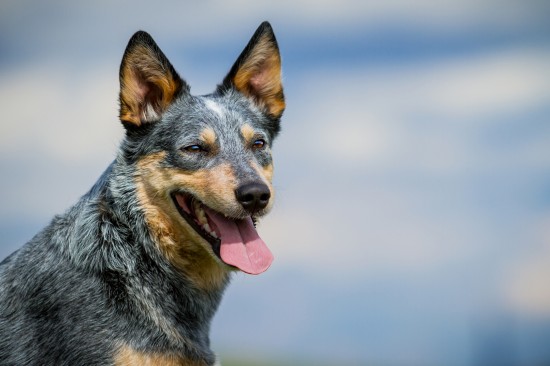 Temperament, Personality And Behaviour Of The Australian Cattle Dog
Temperament, Pers
Temperament, Personality And Behaviour Of The Australian Cattle Dog
Temperament, Pers
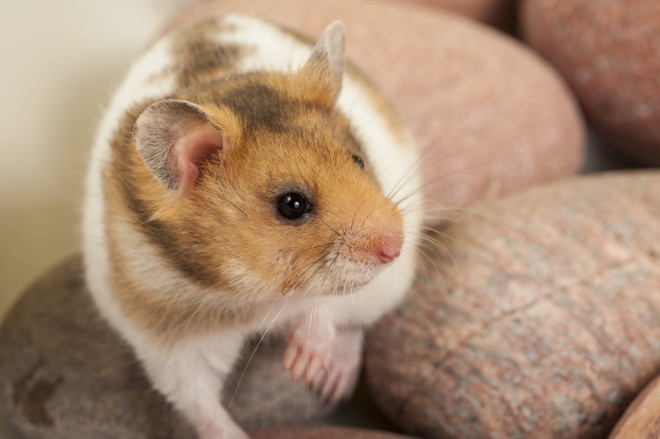 Some Common Hamster Health Problems
Some Common Hamst
Some Common Hamster Health Problems
Some Common Hamst
 How To Know When Your Dog Is Sick
You know that my passion is my babies (four legged babie
How To Know When Your Dog Is Sick
You know that my passion is my babies (four legged babie
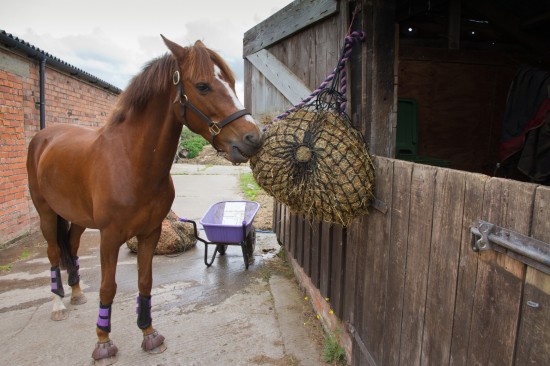 Reasons Why Horses Can Go Off Their Feed
Reasons Why Horse
Reasons Why Horses Can Go Off Their Feed
Reasons Why Horse
 Why We All Need Animal Cops
Why We All Need Animal Cops
Copyright © 2005-2016 Pet Information All Rights Reserved
Contact us: www162date@outlook.com